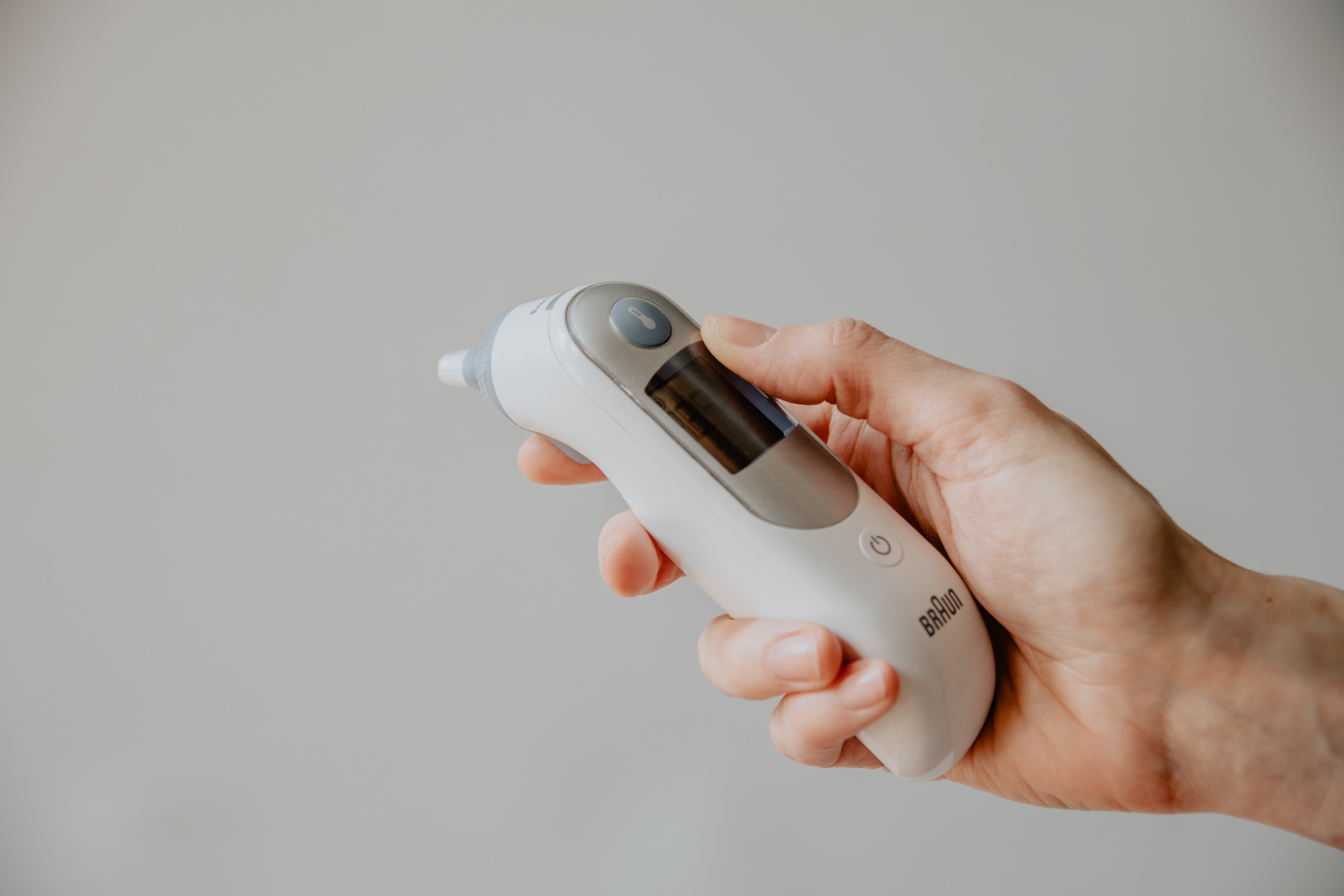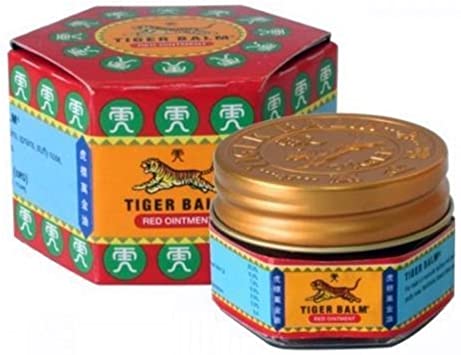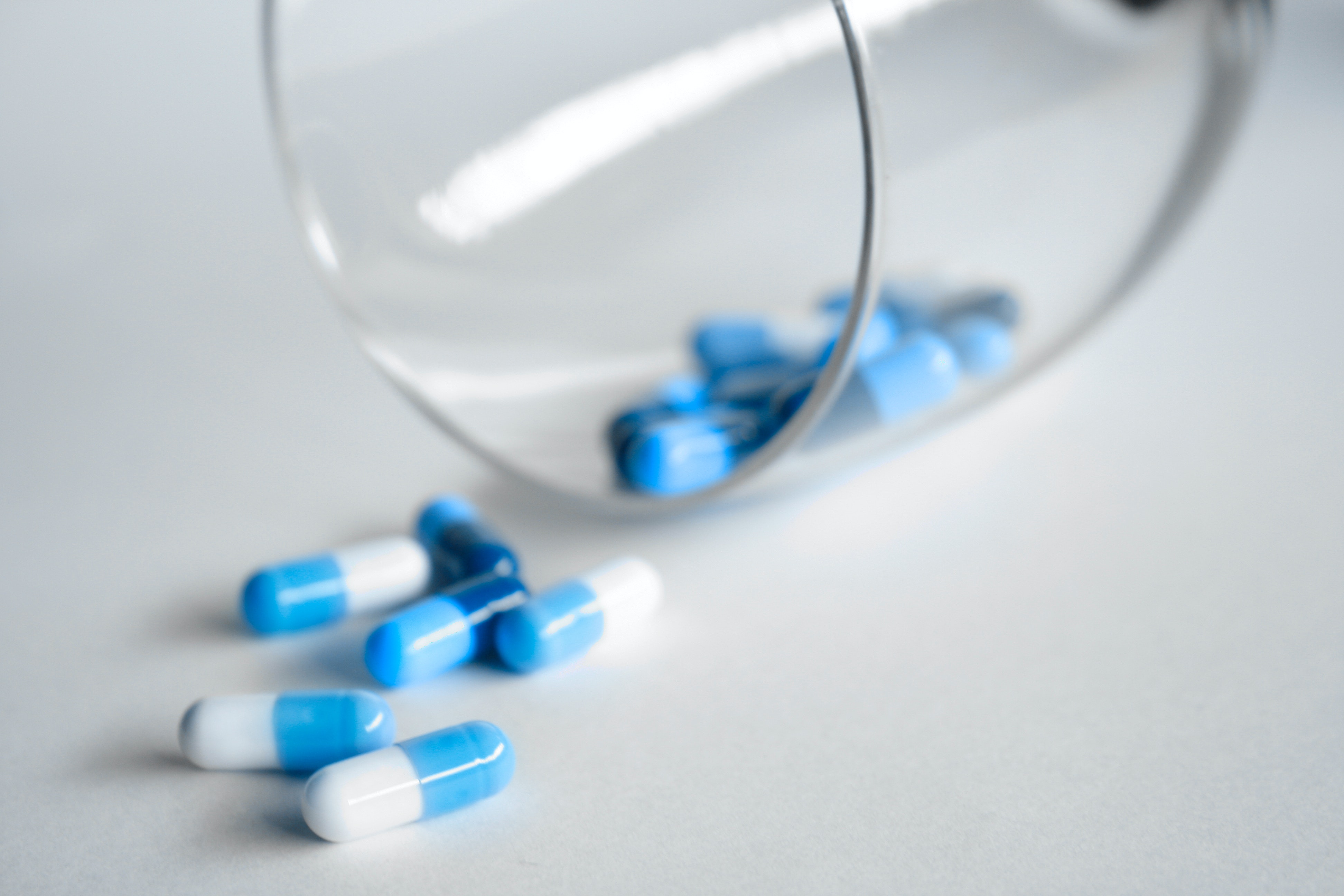10 items that should be in your home first aid kit

A well-stocked first aid kit is a necessity in every home. Usually, a first aid kit includes a variety of supplies that can help you to respond quickly to emergencies, and should enable you to treat cuts, scrapes, burns and other injuries.
It can also help reduce the risk of infection or mitigate the severity of an injury.
While the kit should be kept in easy reach, it should be kept away from children and the supplies should be regularly checked to see if they need to be replaced or have expired.
Not sure what to include in your home first aid kit? Here are ten essential supplies.

A first-aid kit should include a thermometer to measure body temperature, for those times when you feel feverish.
An oral digital thermometer is probably the best choice, but avoid sharing it with your family members. There are also ear thermometers and no-touch forehead thermometers, but these are also more expensive.
It’s always handy to have an anaesthetic spray or cream in your first aid kit to treat insect bites, sunburn or itchy rashes. It is helpful in numbing the area and relieving pain or discomfort.

Tiger Balm is a familiar over-the-counter product, regardless of age and generation.
Because it contains menthol and camphor, it does a superb job in relieving minor muscle aches, headaches, pains and strains by numbing the skin as an analgesic.
It also cools the skin and increases blood circulation. Tiger Balm is also a favourite among people who have arthritis and those who often get nauseous or headaches.
It can be used as a chest rub to soothe chest congestion and relieve cough.
All of us probably grew up using Ru Yi oil (also known as Yu Yee You), another familiar Asian medicated ointment.
The Chinese traditional oil is every Asian family’s go-to medication for stomach bloat and stomach pains.
You can also use it to soothe arthritis, headaches or joint and muscle aches. It’s also an effective remedy for babies suffering from colic.
A first aid kit fully stocked with antiseptic wipes will allow you to be prepared to effectively treat and disinfect any wounds or thoroughly clean your hands prior to providing medical assistance.
It is also important to sterilise or disinfect any tools you use, as well as your affected area, before dressing wounds. You can use wipes or an antiseptic spray to spritz directly onto the areas.
A first aid kit is incomplete without the mandatory plasters and bandages that come in a variety of different shapes and sizes to dress cuts, scrapes and minor wounds.
Whether you got a paper cut or scraped your knees, a plaster will attend to these minor injuries and help them heal better.
For other minor injuries, bandages are generally used to apply pressure to bleeding wounds and to support sprains and broken bones.
Adhesive bandages are used to cover minor cuts and scrapes, while triangle bandages are used for wrapping injuries and making an arm sling.
Sterile gauze can also be used to cover cover and clean wounds, and can work as a soft eyepatch as well.

Tweezers come in handy for removing small splinters, foreign objects, stingers, and ticks from the skin, while scissors are used for cutting sterile pads, bandages or tape.
You can also use them if you need to cut someone’s clothes for better access to a wound.

Disposable gloves are essential in reducing the risk of infection between you and the other party. Always wear gloves whenever you’re dressing wounds, or dealing with any body fluids or waste.
It is always good to have pills for diarrhoea, which is a common virus. Anti-diarrhoea medicines to treat it are available both on prescription or over the counter at your local pharmacy.
Activated charcoal pills are used to treat stomach pain caused by excess gas, diarrhoea, or indigestion.

Relieving pain should also be a top priority, alongside treating injuries. When stocking your first aid kit, you may include over-the-counter pain relievers such as paracetamol and aspirin.
However, do take note of each family member’s allergies and avoid offering your own medicine to others.
Pain relievers should be kept secure and out of reach of children. Besides pain medication, you should also have oral antihistamines for allergic reactions such as sneezing, watery eyes, itching and rashes.
This article was first published in Her World Online.